Path of Exile - A Highly Customizable Build-Oriented Game Based on Equipment
Introduction
Path of Exile, developed by Grinding Gear Games hailing from New Zealand, reveals its nature through the very name of the studio. Indeed, this is a game where players relentlessly refine their gear in pursuit of better ones, akin to a Diablo-style game. Similar to most titles in this genre, players primarily aim to customize their characters, or "Builds," through various combinations of gear and abilities. The differing developmental paths of these characters significantly affect gameplay styles and combat performance, leading to interesting discussions among the gaming community and forming a key part of the enjoyment derived from such games.
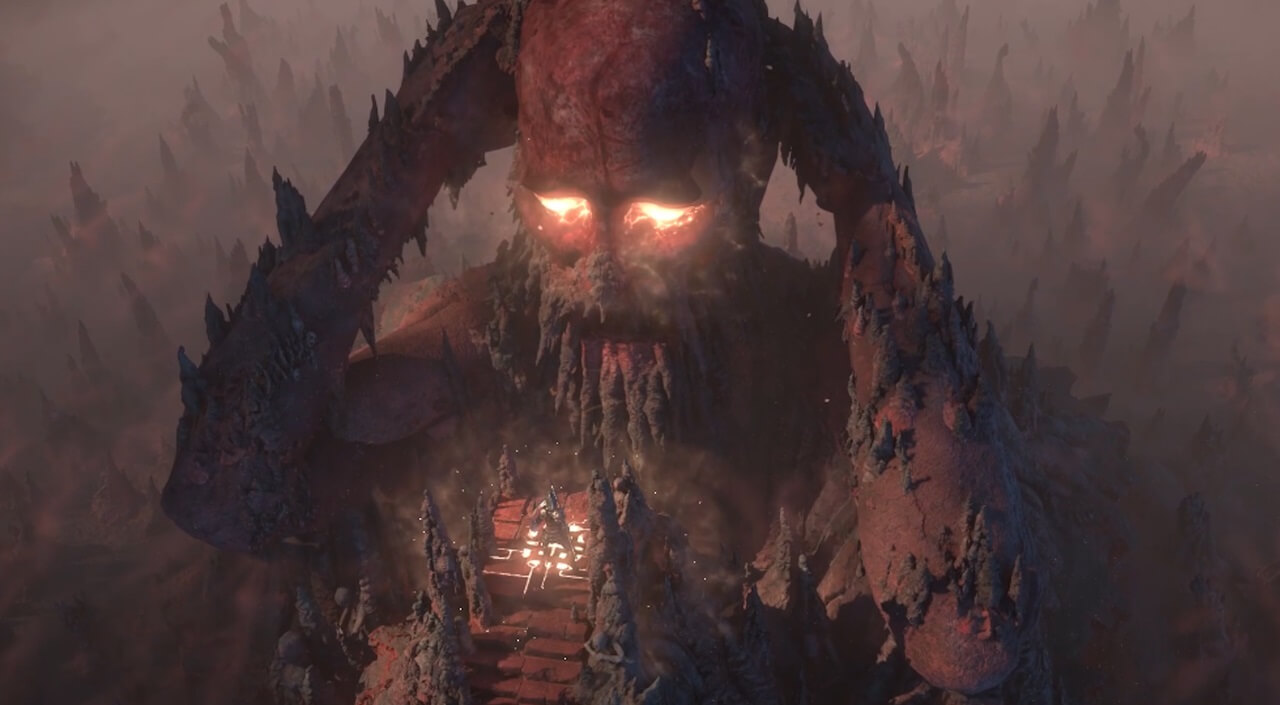
Game Features
A distinctive aspect of Path of Exile is its high build customization based on gear, which manifests in three main areas: Talents, Equipment, and Skills.
- Talents offer branching paths that result in diverse gameplay styles and combat variations, regulating player freedom in character development.
- Randomized equipment attributes enhance the entertainment value of character progression.
- The variety of skills, along with their chaining capabilities and lack of class restrictions, grants even greater freedom and diversity in character Builds.
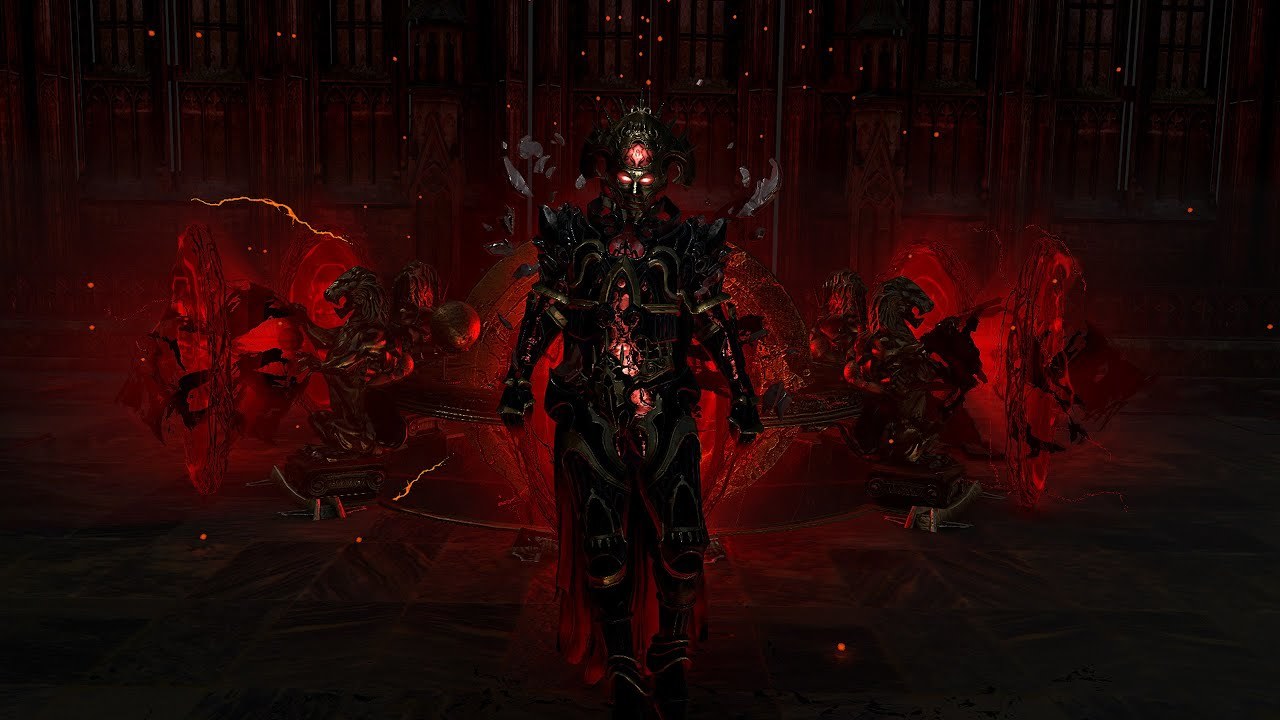
Talents, equipment, and skills constitute the heart of player Builds, with equipment playing a central role in the process. The game focuses on intricate talent and skill combinations, allowing use of any skill or talent without regard for class; as long as a skill gem can be socketed into equipment, it can be utilized. This lets players craft unique characters by mixing various skills and talent paths, satisfying their appetite for individuality to some extent.
Skills and equipment aren't confined to specific classes; instead, a player's chosen profession only determines the starting point in the talent tree. By selecting different talent paths, not only do players' attribute points and attack effects change, but they can also transform a Marauder into a wild magic-wielding mage if desired. The absence of class restrictions on skills and gear creates a highly flexible Build system, while the depth of character development is mainly restricted by levels and attribute points. Attribute points are largely gained through the Talent Tree, providing ample growth options yet serving as a limiting factor in character progression.
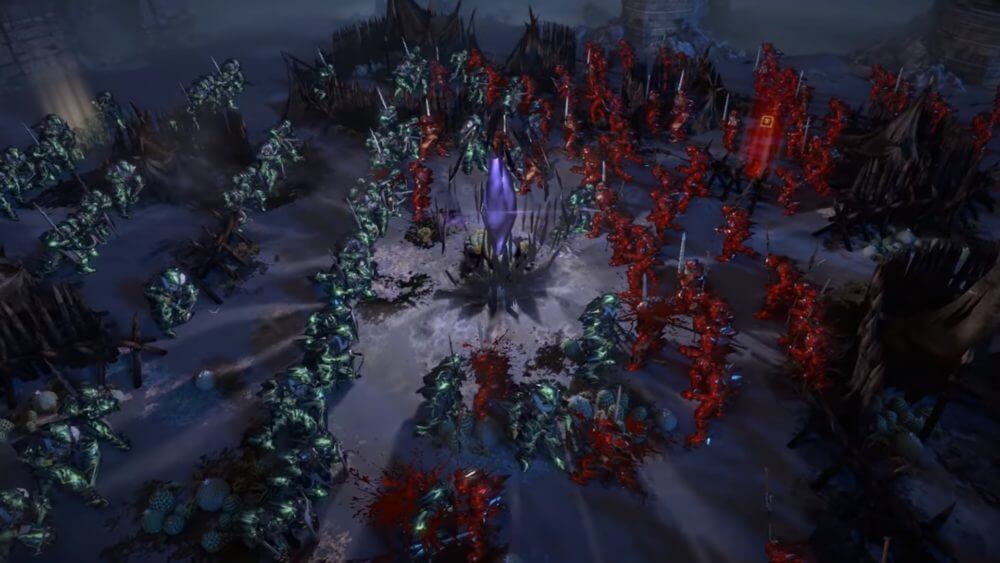
Apart from the character development mechanics, the game's currency system and economy are equally compelling. Drawing lessons from Diablo III's failed Auction House, the developers have made bold adjustments to the trading mechanics and economic system, introducing a barter-based economy sans traditional gold. This shift will be detailed towards the end of this write-up.
Talents: Shaping Playstyles and Constraining Player Freedom
While there are numerous Diablo-like games on the market, Path of Exile stands out with its impressively vast and open-ended Talent Tree. One can gauge its enormity by referring to the provided image.
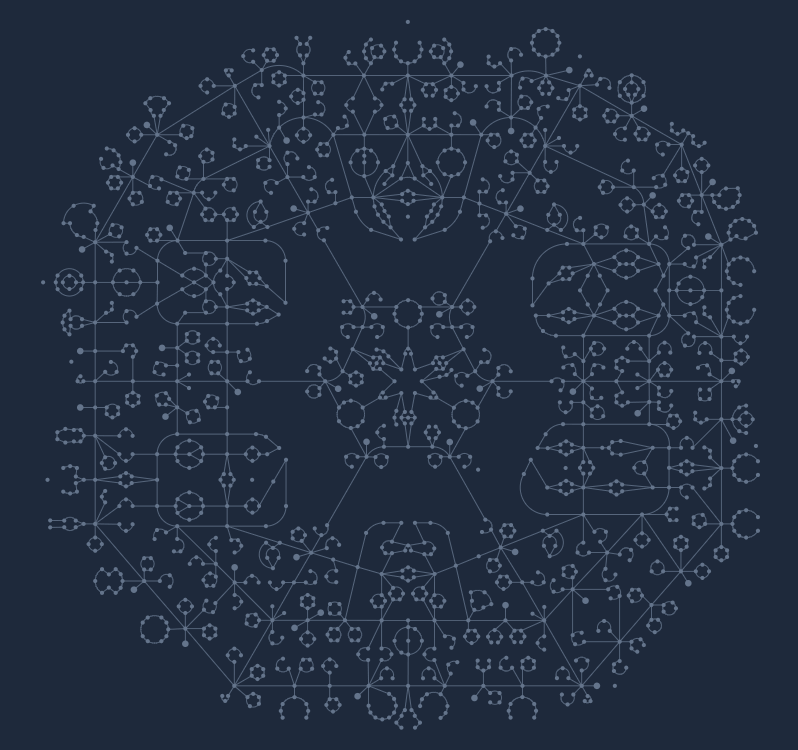
In the Talent Tree, players start at different positions based on their chosen professions, progressively earning talent points as they level up and complete main quests. They then expand their talents outward by activating them.
Role of the Talent Tree: Ability Allocation and Progression Constraints
In many RPGs, mechanisms are implemented to limit player choices when developing their Builds. For instance, in “Mabinogi,” although there's no strict class division, certain skills require specific weapons to be wielded effectively—e.g., dual swords prevent the use of charges or advanced spells. In contrast, Path of Exile uses attribute points offered by the Talent Tree to restrict players' gear and skill progression in later stages.
The Talent Tree contains numerous attribute nodes that satisfy the attribute requirements for wearing gear and upgrading skills. Unlike many RPGs that introduce concepts like "potential points" for players to distribute, in Path of Exile, the Talent Tree serves as the primary means of manipulating attribute points directly, with equipment occasionally contributing points albeit less consistently due to frequent replacements.
Both gear and skill upgrades demand that players meet two criteria: level and attribute points. We mentioned earlier that one function of the Talent Tree is to control the degree of freedom in player development. While early on, gear and skills impose relatively low attribute demands, allowing for liberal experimentation, deeper progression necessitates increasingly specific attribute profiles. For example, a caster build would see Intelligence far outstrip Strength and Dexterity, thereby restricting access to gear and skills that heavily rely on those latter stats.
Talent Tree's Second Role: Altering Character Abilities
In addition to attribute points, the Talent Tree also features several nodes that boost character abilities, such as increasing movement speed and attack speed. However, the most distinctive are the "Golden Talents" found at critical junctures that can dramatically alter a character's traits and, consequently, the player's approach to gameplay or the character's combat effectiveness.
Take, for instance, the "Stability" talent, which converts evasion to armor. Evasion relies heavily on chance, becoming noticeable only when the stat is high, commonly favored by assassin-type classes. But for classes like Marauders or mages, evasion is inherently unreliable. Acquiring the Stability talent transforms this inconsistent evasion benefit into a steady armor bonus, rendering less evasive classes less prone to sudden deaths and easier to manage health-wise, thereby changing their survivability dynamics.
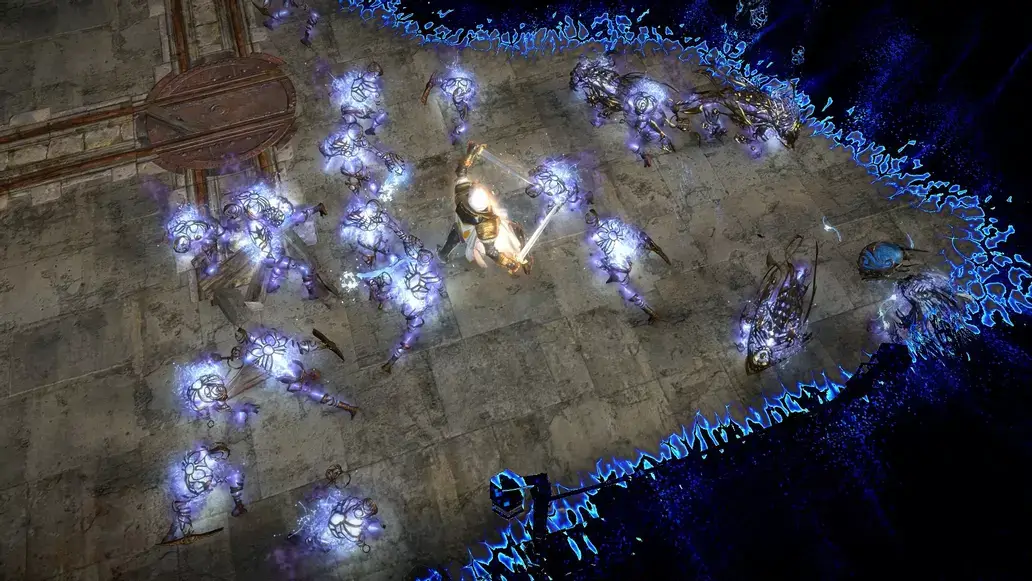
The Talent Tree has several such Golden Talents, and upon exploring various character Builds, one discovers five particularly unique Golden Nodes:
- You cannot inflict damage, but gain the ability to summon an additional totem for every skill learned.
- Your HP permanently reduces to 1, but you become immune to all chaos damage.
- Unable to evade, yet you become immune to stun effects.
- All shield values are permanently converted to increased mana capacity.
- Mana is permanently removed as a statistic, and skills now consume the same amount of HP instead.
These five talents essentially trade off one attribute for another, enhancing other attributes in the process. Individually, each talent has a clear purpose and, when leveraged correctly, can provide potent boosts. However, should one choose to activate all five simultaneously, congratulations—you've successfully transformed your character into a non-damaging, perpetually one-hit-point, immobile warehouse devoid of evasion, shields, and mana.
Equipment: Random Properties Enhance Progression Enjoyment
As the name of Path of Exile's developer suggests, Grinding Gear Games, this title indeed revolves around the constant cycle of acquiring and refining gear. Much like most Diablo-like games, players ultimately engage in a loop of obtaining and sifting through randomly generated equipment. Their ultimate goal is to obtain legendary-quality items with optimal properties. Although the random drop rates and attributes are not fundamentally different from Diablo, the real distinction lies in the interplay between equipment and other game mechanics, including talents, skills, currency, and trading systems.
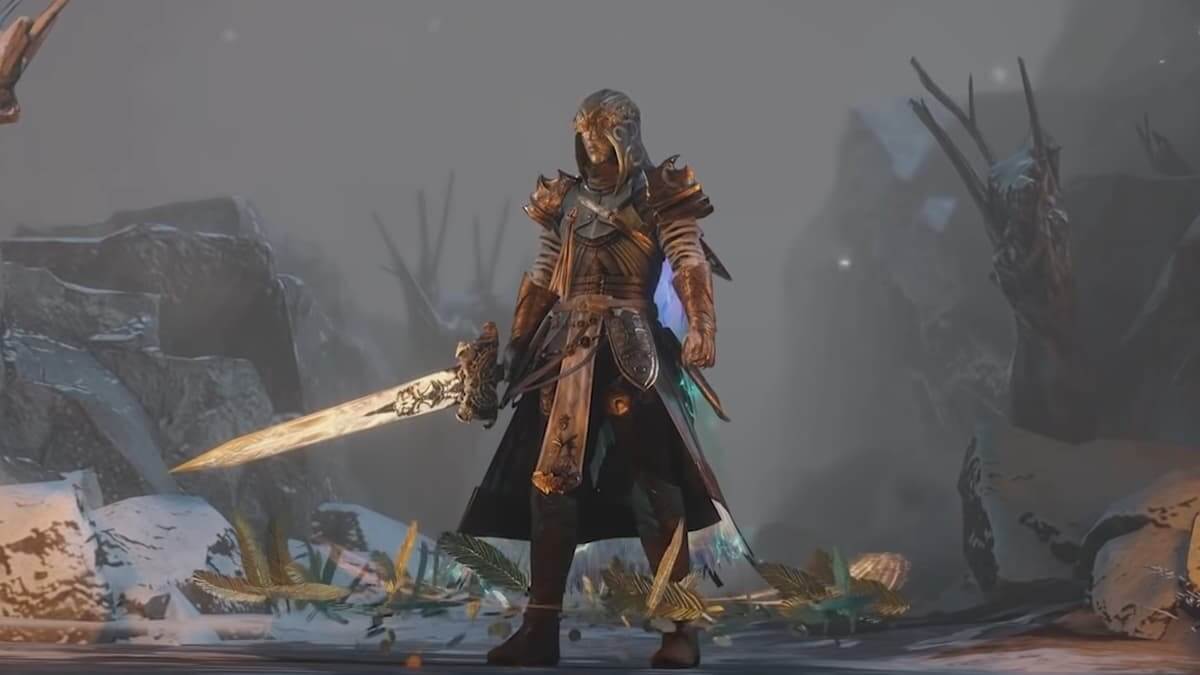
The focus on equipment-centric builds stems from the fact that talents and skills are more manageable aspects of gameplay. Talents unlock with level progression, and virtually all skills can be purchased from vendors, thus presenting lower barriers to entry than equipment.
On the other hand, equipment drops are entirely random, with item quality, attributes, and levels varying unpredictably—a fundamental unpredictable component of the game that forms its core "grind." Due to the high barrier of entry associated with finding suitable gear, talents and skills often revolve around complementing and optimizing equipment configurations. Talents provide the necessary attribute points to wear specific gear, while skills are tailored to the sockets on equipment, enabling diverse and personalized skill combinations through the integration of active and support gems—this constitutes one of the hotly discussed aspects of character building.
In-Game Equipment Attributes
Equipment attributes in Path of Exile closely resemble those granted by talents, sometimes featuring magical effects that influence a player's attack style and play habits. With no rigid class constraints, unconventional builds arise, such as mages donning bows and quivers to chase casting speed and critical strike chances, creating visually unique hybrids that appear as archers but unleash fireballs and explosions.
An example is the "Rainbowstride" bow that converts physical attacks into lightning damage. Players who wield it deal magical attacks and can amplify their output with lightning buffs, though they become less effective against enemies with lightning resistance.
Other gear includes properties that increase character size, thereby expanding attack range or hitbox area.
Although these aspects bear similarities to Diablo, a distinct feature of Path of Exile is the relationship between equipment and skills—specifically, the presence of skill sockets.
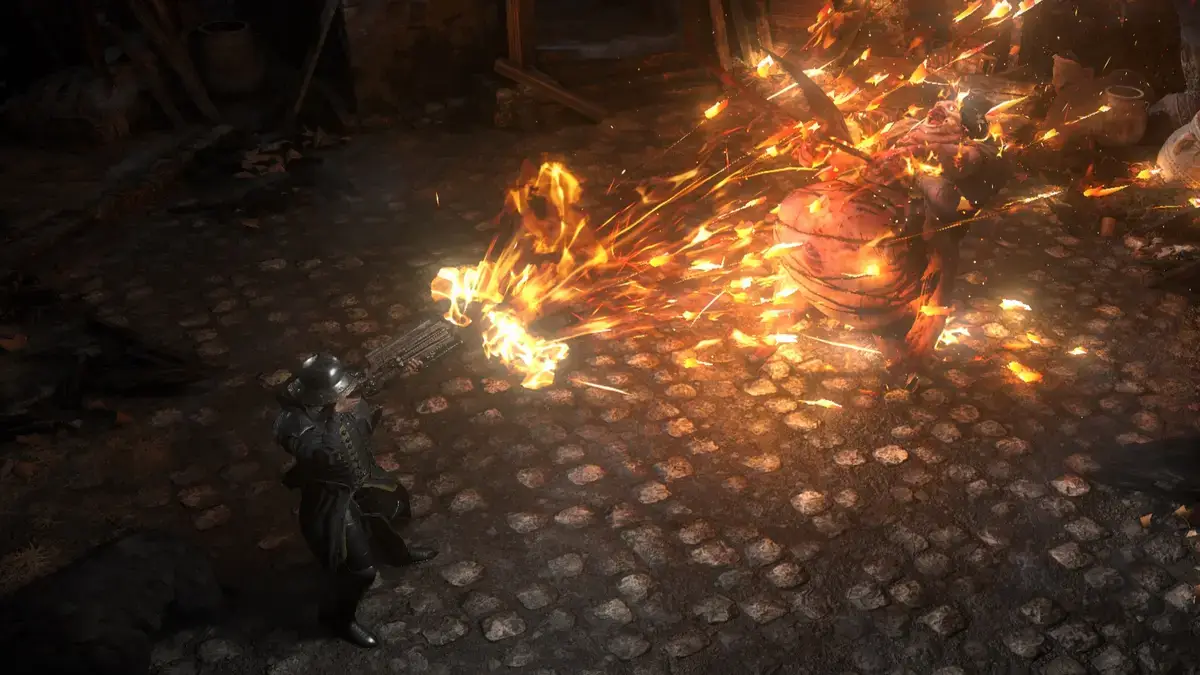
Equipment-Skills Relationship: Skill Sockets
In many RPGs, gear enhancement involves incorporating gem sockets, allowing players to insert gems for additional attribute bonuses.
In Path of Exile, skill sockets are inherent equipment properties used to socket skill gems. Once embedded, active skill gems can be immediately used.
Aside from the number of sockets, factors include socket colors and links. Skill gems are categorized into red (Strength), green (Dexterity), and blue (Intelligence) types, corresponding to the color of the socket they must fit into, raising the bar for skill configuration and driving players to seek out specific numbers and arrangements of sockets.
Socket links enable skill chaining, meaning when a player activates one skill, connected socket gems also trigger their effects. The exact rules governing socket linking will be explained further down.
Skill sockets are one of the defining differences between Path of Exile and other RPGs, as they allow players to utilize various skill types regardless of class, adding rich depth to build possibilities. The intricacies of skills will be detailed in a dedicated section.
Equipment and Its Relationship with the Economic System: Enhancing Gear Using Currency
From the preceding discussion, it's evident that equipment value largely depends on its properties and socket layout. In Path of Exile, the color, attributes, and sockets of equipment can be augmented using in-game currencies.
During the late game, players invest heavily in gear improvement, with unlocked trading making it easier to assemble ideal builds. Unlike typical RPGs with a universal currency like gold, Path of Exile employs a non-gold currency system, where players trade using unbound currencies of inherent value, encouraging deeper strategic thinking during transactions.
The game boasts over 20 unique currencies, each with distinct functions. These include currencies that alter item rarity, reset item properties, reset socket numbers, colors, and links, or improve item rarity grades...
The 20+ varied currencies have different drop rates, adding to the late-game replayability. The randomness involved keeps players engaged as they repeatedly use currencies to refresh equipment properties and achieve their desired builds.
Important Note: Equipment and skill quality serve as a percentage-based booster for item attributes, enhanced via the use of currency items. Higher-tier equipment requires more effort to increase quality, so players often focus on enhancing the quality of promising base items. The randomness inherent in this process sustains player engagement and contributes to the game's extended playability.
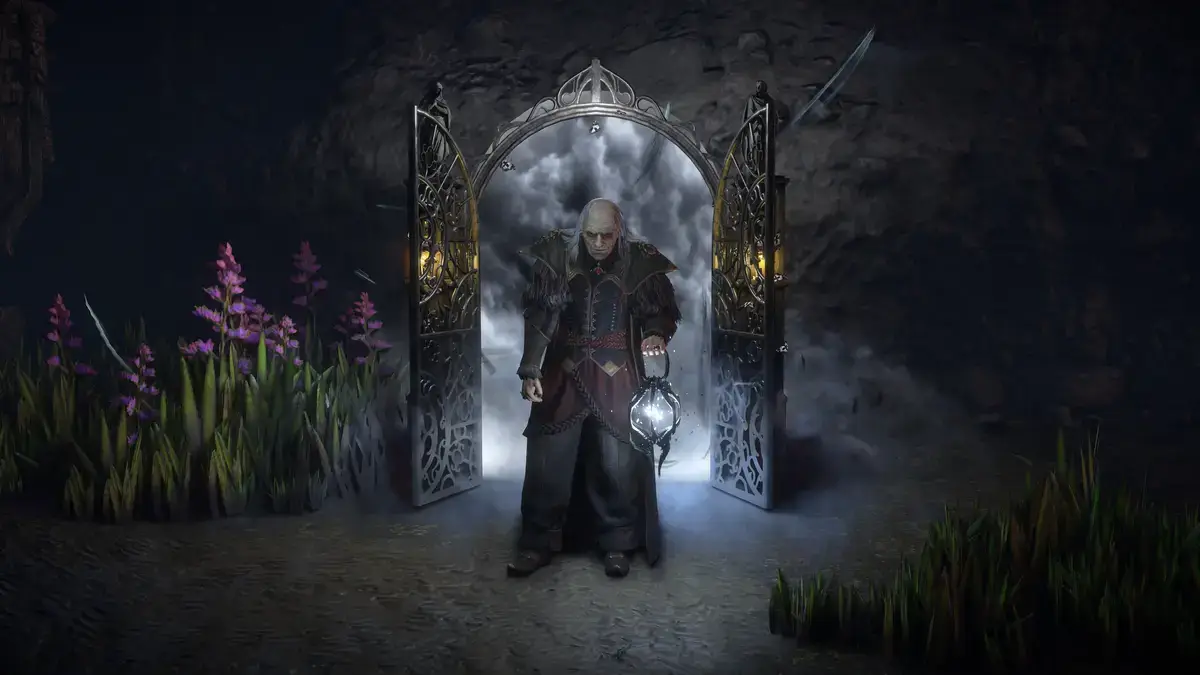
Skills: No Class Restrictions Lead to More Free and Diverse Character Builds
In addition to talents and equipment, Path of Exile offers players considerable flexibility in customizing their characters through skill design. Key highlights include:
- Lack of Class Constraints
- Personalized Configurations through Skill Linking
Similar to talents and equipment, a character's class does not overly confine players' development choices. Without class restrictions, players can socket and utilize all available skills across the game, exemplified by a Marauder capable of casting fireball spells.
However, skill leveling does require attribute points, imposing limits on player progression to encourage specialization. Players enjoy substantial build freedom, yet must eventually focus on particular attributes and related skills as they advance.
At present, the impact of attribute points seems less pronounced, with skill level caps typically limiting advancement rather than insufficient points.
Firstly, looking at the talent tree, distribution of attribute points is relatively balanced. For instance, main branches for agility often include talents that significantly increase other attributes.
Secondly, the design of skills distinctly separates strength-oriented and caster skills, reducing the need for all-rounded attribute development. Players naturally lean toward specializing in either melee or ranged combat, influencing their skill selections accordingly.
Another notable feature is skill linking. In Path of Exile, skills are divided into active and support skills. Active skills are those players can use directly or trigger instantly, whereas support skills modify the effects of active skills when linked together in sockets. When an active skill is cast, linked support skills apply their enhancements.
Support skill effects only influence the linked active skill, and the combination varies depending on the equipment's socket setup. There is a broad range of support skill types, most of which significantly alter a character's offensive capabilities. For example, for ranged characters, there are support skills that increase projectile count, adjust projectile speed, or grant piercing capabilities. Connecting these support skills to an active skill triggers the corresponding effect. A case in point is a ranger whose Area of Effect (AoE) potential is limited without piercing support, but with the right linkage, they can greatly enhance their clearing capabilities.
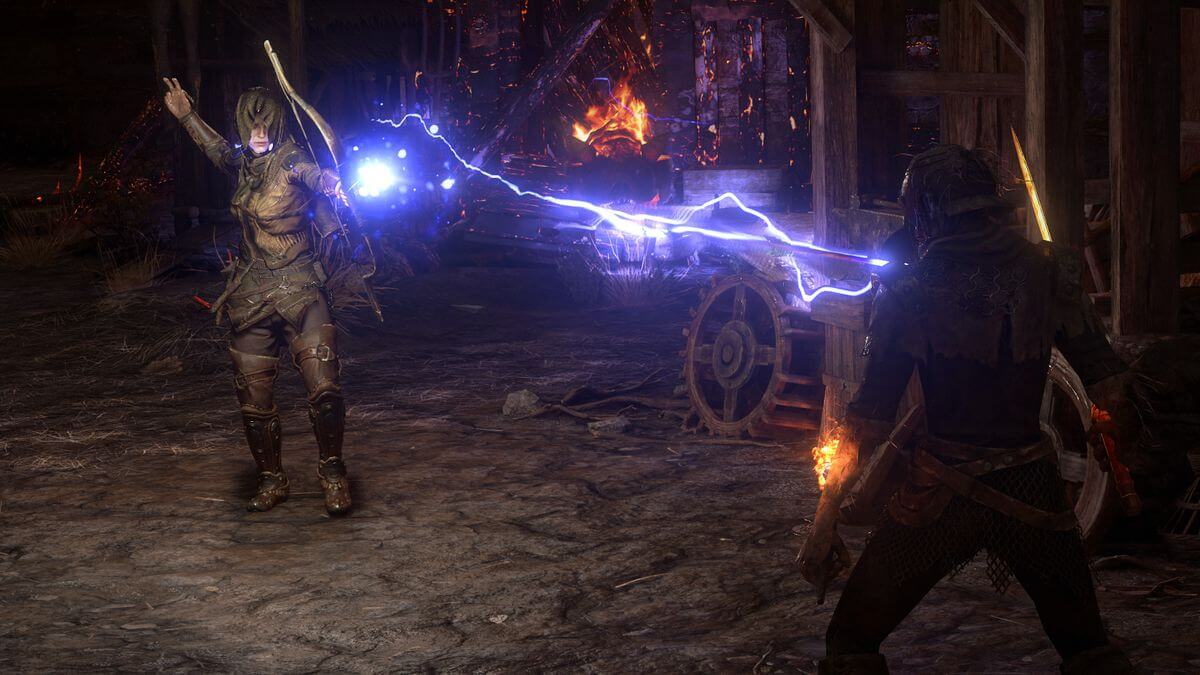
Notably, the type of support skill is determined by the socket color and not by class restriction, allowing for cross-class skill interactions and a wealth of creative build possibilities.
To illustrate, consider the synergy between mage and ranged skills where the mage's spells are considered projectiles. This allows for interesting combinations, especially with ranged character support skills that augment projectile quantity or speed. Take the classic ice pulse build for mages: without support gems, it unleashes a slow-moving wave of ice that freezes enemies along its path. However, with advanced multi-projectile support, fast cast, and reduced duration, the skill transforms into a barrage of rapidly moving waves, significantly altering its efficacy.
Beyond the relationship between active and support skills, the game's lack of class restrictions on skills enables players to mix and match skills according to personal preference. An example is the utility spell "Teleport," widely used by all players regardless of class, which proves versatile for dodging, charging forward, or traversing terrain.
While the high degree of skill customization provides immense freedom, it is nonetheless subject to limitations imposed by the talent tree, as previously mentioned.
Skills in the game are complex, offering numerous build possibilities, yet they are generally easy to acquire. Players primarily rely on equipping gear with the appropriate sockets to slot in their skills. As players progress, they may seek more personalized skill setups by refining gear properties, though this can prove much costlier than simply adapting skills to the existing equipment. At this stage, purchasing currency or items from Gameusd becomes a viable option for crafting a customized build, offering affordability and convenience in achieving the desired build outcome.

Currency and Trading: Protecting Core Gameplay and Raising Trading Threshold
In Path of Exile, the economic system is primarily embodied in trading activities, involving not only player-to-player exchanges but also transactions with NPCs. As mentioned earlier, the game does not incorporate a general-purpose currency like "gold"; instead, it substitutes it with over 20 different currencies that hold value, employing a barter-based trading system that returns to the essence of trading goods.
The trading mechanics in the game have a relatively high threshold; players must reach level 70 to unlock it, which typically takes around 30 hours of gameplay. Moreover, non-bound items mostly drop in the mid to late stages of the game. Thus, whether it's unlocking trading or stimulating the demand for trading, both depend on players investing substantial time in the game and persisting through it.
The complex economic system and high-entry trading practices serve a singular purpose: to protect the core gameplay.
The notion of preserving core gameplay stems from the demise of the Auction House in Diablo III. The Auction House was Blizzard's bold attempt in the Diablo series, where players ultimately strive for character Builds and continuously hunt for gear, often exchanging items and resources through multiplayer sessions and save-file sharing. To cater to players' late-game interaction needs, Diablo III introduced the Auction House, which supported real-world money transactions. However, this system conflicted with the core gameplay, as players chose to purchase gear instead of grinding, causing many items to lose their value due to farming bots. Blizzard's acknowledgment of the gravity of the problem is reflected in their official explanation for closing the auction house:
I believe Josh has articulated this quite clearly in the video, but I'll reiterate that the decision to remove gold and cash auction houses was not an easy one, nor was it driven by the intent to reduce stress. On the one hand, we invested a considerable amount of time and resources into developing the auction house system, and it indeed fulfilled the original purpose and function we envisioned when we first added it. We recognize that many players appreciated this feature because it allowed them, especially those with limited time to farm due to long work hours, to conveniently sell unwanted items or enjoy playing the in-game economy. We have thoroughly considered and deliberated all these aspects, including evaluating opinions to retain the auction house while reducing its appeal, which was also a major goal during the early development of Loot 2.0.
However, on the other hand, the benefits provided by the auction house eventually led to the dilution and distortion of the core Diablo gameplay experience we aimed to deliver. A significant part of Diablo is the intense combat against demons and the exhilaration of finding fantastic loot through personal effort. While purchasing top-notch loot through the auction house may seem convenient, it undermines the sense of accomplishment that comes from your character truly embodying a seasoned hero adorned with gear earned through grueling battles.
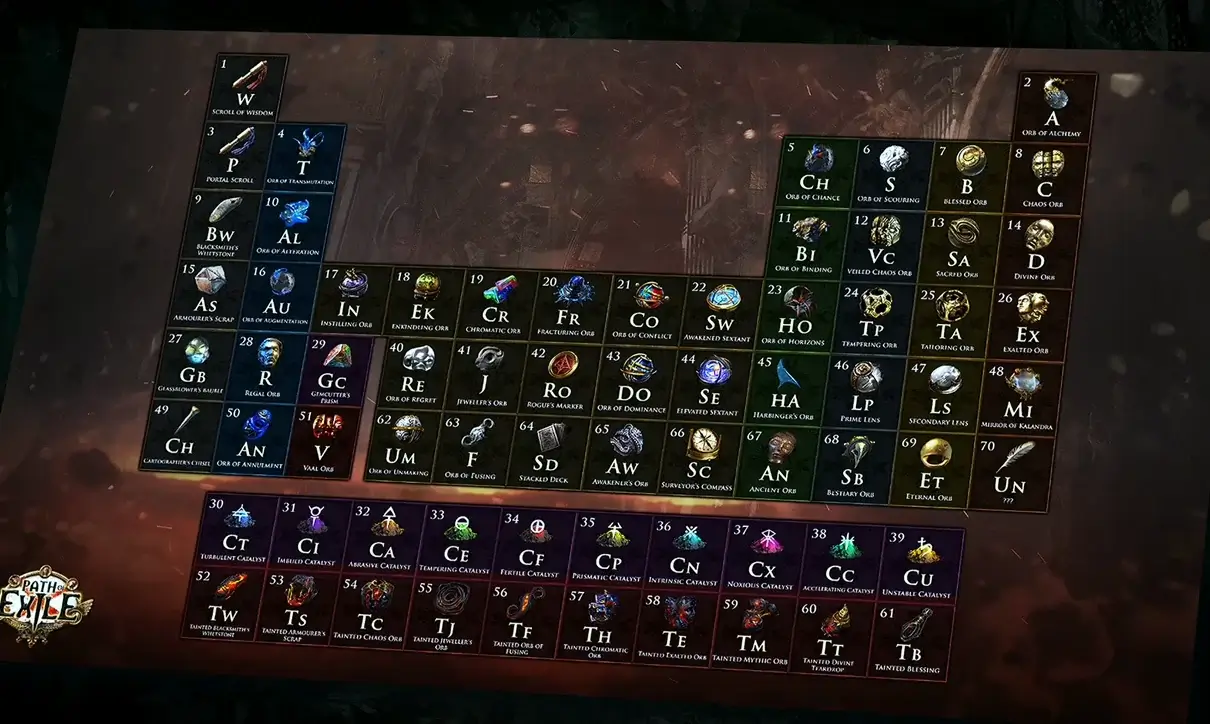
Of course, the removal of the auction house is just one part of the balance equation. Another aspect is Loot 2.0, which enhances the overall gaming experience and provides greater satisfaction in acquiring loot. This system focuses on offering better-quality loot, more purposeful drops, and additional means for players to customize their items. We believe that these improvements, coupled with the removal of the auction house, will significantly enhance the overall gaming experience for all players and address the community's concerns regarding the initial loot system.
Currently, there are still numerous technical details that need our attention, but rest assured, we will keep you informed once we have updates.
To summarize, the elimination of gold and cash auction houses wasn't meant to support any so-called “hardcore mode” or deliberately upset players fond of the auction house. It's a nuanced approach that avoids binary thinking, and sincerely, we don't want players to fall into the trap of framing things as simply “winning” or “losing.” That wraps up our stance on the matter.
Intricate Economic System: Currency Acquisition – Shop Recipes
When discussing the absence of a common currency like "gold," the question arises: how does the game assign value to items? How should players conduct trades? And what is the relationship between the 20 different currencies and equipment?
Firstly, let's understand the in-game currency system and its generation methods. There is no standard gold-type currency; instead, besides monster drops, currencies can also be obtained through "shop recipes." When players sell items to NPCs, they receive currencies in return, with the NPC's response varying based on the type, quality, and quantity of the sold equipment. Various strategy websites offer comprehensive lists of shop recipes for reference.
These shop recipes act as multi-dimensional valuation tools for items, encouraging players to categorize, collect, and combine items to form recipes yielding specific currencies. Since the currencies themselves hold value, the design of these recipes enables players to transform less useful or less liquid items into more practical and tradable currencies with a roughly equivalent value exchange.
Having addressed the valuation of "currency" against "equipment," why was the game designed in this manner?
- Currency Recycling: All currencies have a purpose and can be consumed in equipment cultivation, ensuring that every coin has a use.
- Curbing Gold Farming: The randomness of currency drops increases the difficulty of farming currencies, thereby minimizing the disruptive effect of gold farmers on the economic environment.
- Managing Player Expectations: By blurring the distinction between the value of currencies and existing items, players find the “grinding” process less tedious.
- Economic Rationality: When buying equipment with currency, players believe that spending the same amount may not necessarily secure better gear. Conversely, exchanging gear for currency satisfactorily realizes the residual value gained from previous gameplay and holds the anticipation that the obtained currency can help in character advancement.
- Avoiding Coin-Related Issues: Learning from Diablo 3, this design aims to prevent problems such as severe inflation caused by an accumulation of worthless coins in the late game, along with the economic disruption brought on by gold farming operations.
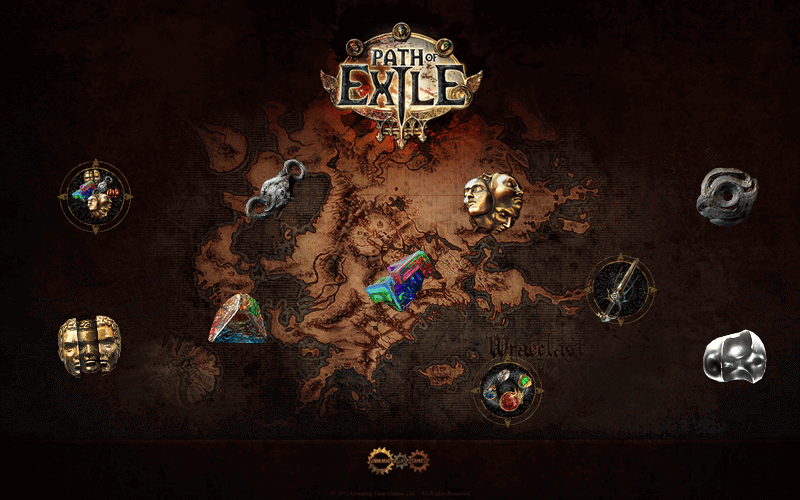
While researching related store recipe mechanics, I stumbled upon a developer diary that seemed to be written by the developers, outlining reasons for removing gold from the game. Several points were particularly insightful:
- Gold Has No Intrinsic Value: Gold must have outlets for consumption to curb inflation, such as paid resurrections or equipment repairs. However, these methods add little value except for inflicting extra pain on players, especially those with limited funds.
- Uncontrolled Production of Gold: If gold were the sole or primary currency, its production would be abundant and widespread, inevitably leading to the discovery of tedious yet efficient methods to mass-produce gold among regular players, causing inflation and economic collapse.
- Gold as Sole Measure of Wealth: When gold becomes the only measure of a player's wealth, they quickly realize the inadequacy of their time investment in acquiring desired equipment, leading to frustration.
- Monetary Standardization Problems: When gold is the exclusive gauge for an item's value, every transaction price deviating from the market rate leaves one party feeling exploited.
In the late game, players chase after orange equipment with extreme attributes, making these types of items highly valued both for trade and use. Correspondingly, the value of the relevant currencies is also relatively high. From the trading house experience, players primarily use Chaos Orbs (C) to reroll magic properties on rare items and Exalted Orbs (E) to add additional affixes as their main forms of trade currency.
High Trading Requirements
The high requirements for trading in Path of Exile stem primarily from the game's intention to protect its economic system. The failure of Diablo III's Auction House served as a wake-up call for Path of Exile's developer GGG, highlighting that while core players have trading needs, exploitative studios could take advantage of such a system, profiting at the expense of the game environment.
Key aspects contributing to the high trading threshold are:
- Players need a deep understanding of currency and equipment values.
- Trading mechanics are unlocked at a high level requirement, necessitating 30 hours of gameplay.
- Conditions for acquiring non-bound items are stringent, becoming available only after approximately 20 hours of gameplay.
In light of when currencies, trading, and non-bound drop scenarios unlock, this system is clearly not catering to casual newcomers, significantly increasing the overhead costs for gold farming operations.
From a user-experience perspective, players' trading needs usually peak in the late game when character progression becomes challenging. At this juncture, they start exploring breakthroughs in skill and equipment combinations. Given the randomness of equipment properties, obtaining ideal gear is often arduous, hence triggering trading needs.
Path of Exile unlocks trading at level 70, which takes around 30 hours to achieve. By then, players encounter noticeable bottlenecks and crave higher-tier, more optimized gear, thus generating strong demands for trading.
Around the 20 to 30-hour mark, the endgame content "Maps" begins to drop non-bound items, showcasing the potential for trading and motivating players to accumulate these resources before unlocking trading.
"Maps" serve as the game's final tier dungeons that produce non-bound items, with an incredibly high level of challenge that extends beyond formidable monsters to include entry conditions and limited attempts. Accessing maps requires map fragments dropped by monsters, and similarly to equipment, map qualities can be improved and reset using currencies to enhance item drops, spawn rates of rare monsters, and even boss chest rewards.
Continuously upgrading map qualities via currencies promotes recycling and stimulates both grinding and trading behaviors. This aspect adds another layer to the game's economic system protection.

Conclusion
In summary, Path of Exile is a highly flexible character Build game that allows free talent path selection and unrestricted equipment and skill usage across classes. The game revolves around a synergy between equipment, talents, and skills, with equipment playing a central role, albeit constrained by talents.
Additionally, Path of Exile is a persistent "grind" game where players can continually upgrade equipment attributes, explore randomized dungeons, and reap rewards from treasure chests. The game's randomization elements bring surprises, while the currencies facilitating this grinding also invigorate the game's economy. The groundbreaking economic system, coupled with its accompanying recycling and production mechanisms, renders the game deeply engaging and intellectually challenging to master.
For players seeking to create highly personalized Builds, Path of Exile provides ample opportunities to fulfill individual preferences and styles. Players are free to unleash their imagination and create a unique, personalized playstyle. However, it's worth noting that equipment in Path of Exile requires constant "grind," which means you'll need a substantial amount of currencies to support the build-crafting process. Buying PoE Currency from Gameusd becomes an option in this case.